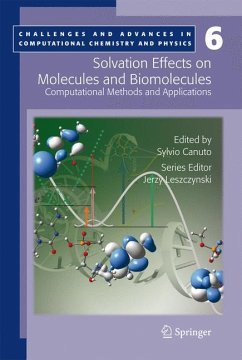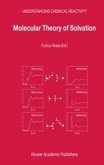Modern perspectives of the latest methods used for studying molecular properties, structure, and spectroscopy in liquid systems, (including solvation free energies of different physico-chemical processes) are presented in detail. By outlining the essential theoretical framework and technical details, together with practical applications, Solvation Effects on Molecules and Biomolecules serves as an essential guide in the promotion of interactions between theoretical and experimental groups.
Solvation Effects on Molecules and Biomolecules thus forms a powerful resource for graduate students and fledgling researchers and is also an excellent companion for research professionals engaged in computational chemistry, material science, nanotechnology, physics, drug design, and molecular biochemistry (as well as attracting advanced undergraduate students working in these fields).
Dieser Download kann aus rechtlichen Gründen nur mit Rechnungsadresse in A, B, BG, CY, CZ, D, DK, EW, E, FIN, F, GR, HR, H, IRL, I, LT, L, LR, M, NL, PL, P, R, S, SLO, SK ausgeliefert werden.









